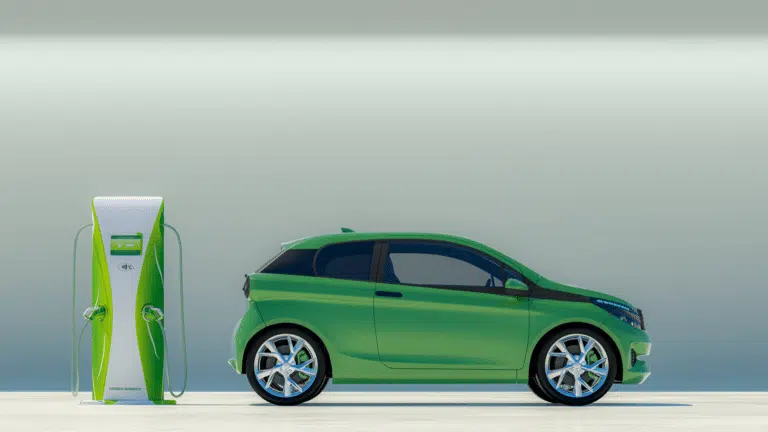Why is the battery light still on? Solutions and useful tips

The battery light on your vehicle’s dashboard can be a warning sign that you shouldn’t underestimate. Understanding why this light remains on is crucial to avoid greater complications in your car’s electrical system. In this article, we will explore the possible causes behind this phenomenon and provide you with useful solutions and tips to troubleshoot the issue and ensure optimal performance on the road.
Why is the battery light still on? Solutions and useful tips
The battery light on your vehicle’s dashboard is an alert signal that should not be taken lightly. Understanding the reasons behind this phenomenon is crucial to avoid greater complications. In this article, we will explore the possible causes for why this light remains active and provide you with practical solutions and useful tips to address the issue.
Common causes of the battery light being on
When the battery light is flashing insistently, it typically indicates a failure in the car’s electrical system. One of the most common reasons is a faulty alternator. If the alternator cannot generate the appropriate voltage, which should typically be between 13v and 14.5v, the battery will not charge properly, causing the light to stay on.
Another possible cause could be a failing battery. Even if the battery is new, a faulty connection or a battery that cannot hold a charge can also result in an active warning light. Additionally, it shouldn’t be forgotten that faulty sensors can send incorrect signals to the dashboard, causing the light to turn on without any actual failures in the system.
Steps to take if the battery light remains on
If you find yourself with the battery light on, the first thing you should do is perform a visual inspection. Start by checking the battery connections. Over time, the terminals can loosen or corrode, causing potential connection failures that may cause the light to flicker or stay on.
If the connections seem to be in good condition, it is advisable to go to a certified technician for a professional diagnosis. They can evaluate the condition of the battery and the functioning of the alternator, as well as identify any other components related to the charging system.
Useful tips to prevent future problems
Maintaining your vehicle properly is key to preventing the battery light from turning on. One of the most important tips is to perform regular inspections of the electrical system, including the battery and alternator. This not only helps to detect problems in a timely manner but also ensures that your vehicle operates perfectly.
Additionally, make sure to clean the battery terminals regularly to avoid corrosion. Also, consider using a multimeter to check the voltage of the battery and the alternator, thereby helping to identify issues before they escalate into major failures.
What to do if the warning light is flickering?
If you notice that the battery warning light is flickering, it is vital to act immediately. This flickering may indicate an intermittent connection that requires your attention. As a first step, park the vehicle in a safe place and check the connections; if the problem persists, seek professional help.
Remember that while there may be temporary solutions, you should not overlook an active warning light. Quick intervention can prevent greater and costly damage to your vehicle’s electrical system.
Final thoughts on the battery light
In summary, do not underestimate the importance of the battery light being on. Whether it is due to a faulty alternator, a failing battery, or connection issues, it is essential to act decisively to resolve the situation. Make sure to conduct frequent inspections and seek the help of a mechanic when necessary. Safety on the road should always be a priority.
Why is the battery light still on? Solutions and useful tips
When the battery light remains on in your vehicle’s instrument panel, it is essential to act quickly and understand the possible causes behind this warning. This indicator can signal anything from a faulty battery to more complex issues in the electrical system. Ignoring this signal can lead to greater failures that affect both the car’s performance and your safety on the road.
One of the first actions you should take is to visually inspect the battery and its connections. The terminals may loosen or corrode, resulting in a poor connection. If complications are found, it is advisable to clean the terminals or even replace the battery if failures occur. Don’t forget that the battery’s lifespan has a limit, and running it beyond its capacity can cause additional problems in the future.
Another crucial factor to consider is the alternator. This component is responsible for recharging the battery while the engine is running. If the alternator fails, the battery will not receive the necessary charge, which can cause the warning light to turn on. It is advisable to perform voltage tests, and if irregularities are detected, consult a specialized technician to evaluate and replace the alternator if necessary.
In addition to these solutions, it is also advisable not to underestimate the dashboard warnings. If you know the cause but the problem persists, consult a professional who can carry out a deeper diagnosis. This will not only avoid risky situations but also save costs in the long term by addressing issues before they worsen.




